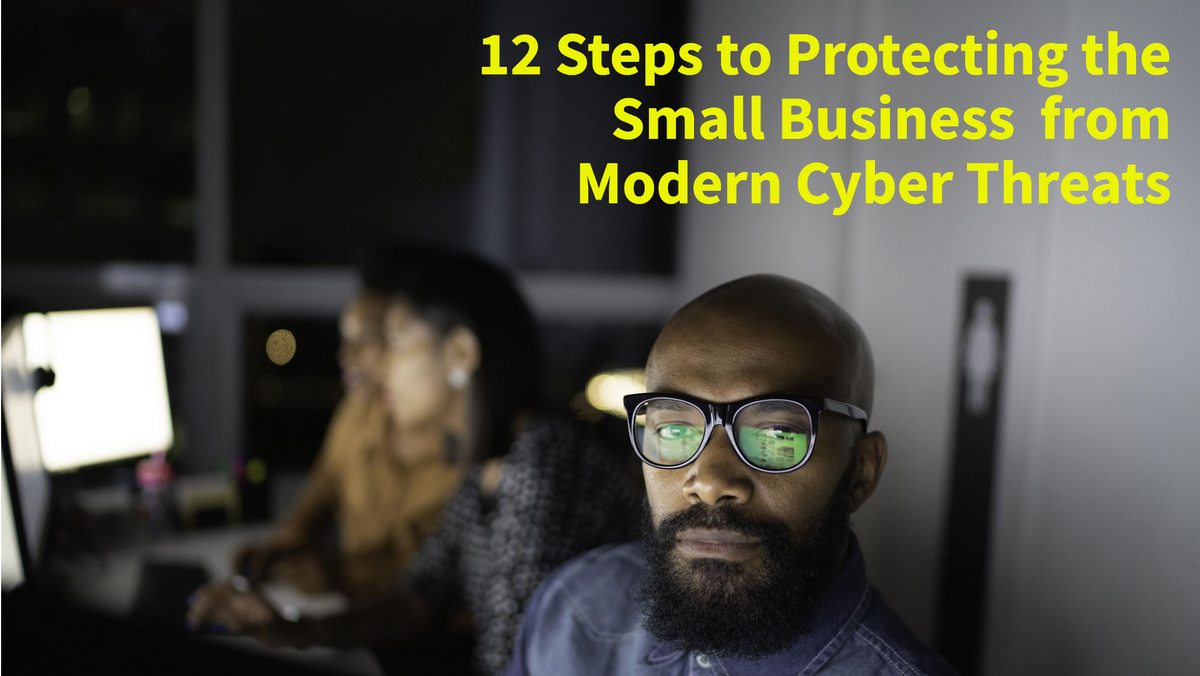While the news can be ripe with stories of large organizations suffering a cyberattack, the fact is that 58% of victims are business with fewer than 50 employees. Over the past decade, 60% of small companies have gone out of business within six months of falling victim to a data breach or cyberattack. It’s really no wonder.
Cybercriminals increasingly target small businesses, which often lack the resources and expertise to defend themselves.
AI is being used to craft highly convincing email and voice messages to enable fraud schemes against individuals and organizations alike.
Browser Hijacking is on the rise. Just visiting a malicious link unintentionally can install software, change settings and steal data - including that secure session you've kept logged in.
40% of small businesses that suffered a cyberattack experienced 8 or more hours of downtime.
The average cost of a cyber incident for a small business is $345,000.
Businesses suffer reputational harm, lost customers, operational downtime and stolen intellectual property from which it is very difficult to recover.
91% of small businesses have no Cyber Liability Insurance.
1 out of 5 small businesses have NO Endpoint Protection (anti-virus/anti-malware).
Humans are the weakest security link with 95% of incidents starting with end-user error.

